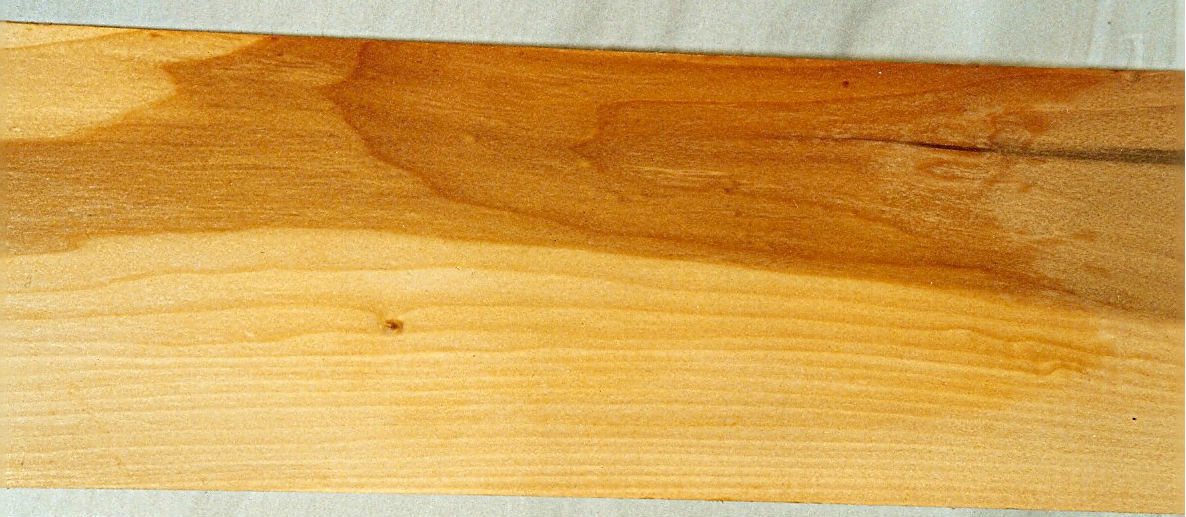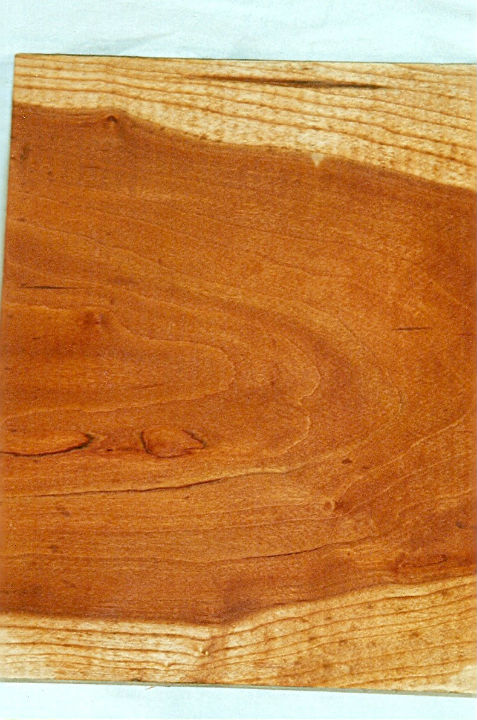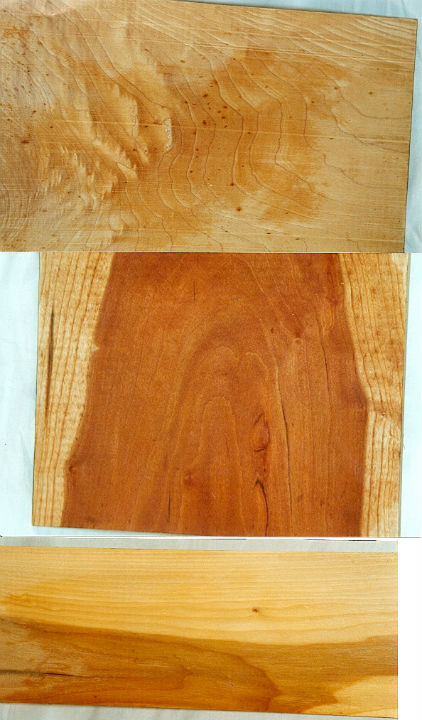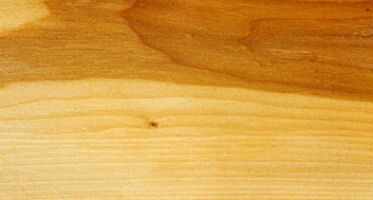
CRYSTAL RIVER, Fla. – Probably the third most frequently asked question about a piece of furniture, after “how old is it?” and “what’s it worth?” is “what is it made of?”
After resisting the inclination to just say “wood,” the real work begins. Often the identification of the actual building material is the most daunting task a furniture researcher or collector faces.
It turns out that even many so-called experts are remarkably uninformed on the subject of wood identification, falling back on the basic theory that if it is red, it’s cherry or mahogany, if it is brown, it’s walnut and if it is a blonde, it’s maple, pine or oak. But that’s really not good enough. Or is it? Does it really matter if the wood is correctly identified?
If you want to come up with the right answers for the first two questions about age and value, correct wood identification is very important. For example, without knowing anything about the nuances of style or proportion, if you can identify the wood in a Queen Anne chair as being gum rather than walnut, you know with a certainty that it is not a period piece. And if you can tell the difference between an oak drawer side and a poplar one, then you can differentiate between a Pennsylvania chest and one made on the Continent.
The proper identification of primary and secondary woods is also an extremely important aspect of any restoration project to retain structural integrity and as much historical accuracy as possible.
The two primary considerations in wood identification are context and characteristics. Context is what you expect to see. Characteristics deal with the actual physical properties of wood that may help us with identification.
CONTEXT
Certain styles and periods have woods closely identified with them due to a number of influences including politics, economics and plain old taste. Here is a list of styles and the woods most closely identified with them. However, this is not to say, for example, that all early period Queen Anne chairs were made of walnut, but you can bet that most of them were. That’s a starting point if you think you are dealing with an early 18th-century chair. Of course this means that you have to have at least a basic knowledge of historical furniture styles. The best place to get the straight story on styles is the book Field Guide to American Antique Furniture by Joseph T. Butler, published by Henry Holt.
WHAT YOU EXPECT TO SEE
17th Century – oak
William and Mary – walnut
Colonial – indigenous woods: maple, oak, walnut, cherry
Early Queen Anne – walnut
Late Queen Anne – mahogany
Windsor – oak, ash, pine
Chippendale – mahogany
Federal – mahogany, cherry, curly maple
Empire – mahogany
Gothic – mahogany
Elizabethan – mahogany
Rococo – walnut, rosewood
Renaissance Revival – walnut
Eastlake – walnut, oak, chestnut
Colonial Revival/Centennial – mahogany, walnut
Arts & Crafts/Mission – oak
Art Nouveau – walnut
Art Deco/Art Moderne – walnut, maple

The good news is that when you get right down to it there just aren’t that many woods to choose from in the bulk of American furniture. And all are native woods with the exception of mahogany. The short list begins with the various members of the related oak family – oak, elm, hickory, pecan, ash and chestnut. It concludes with walnut, mahogany, maple, cherry, birch, beech, pine, poplar and gum.
There are exotics, which are always a problem, but they do not show up in great quantity. Examples are the several varieties of rosewood, which appear mostly in the 19th century as well as some of the rarer European species like kingwood and Circassian walnut that sometimes made their way across and found their way into furniture. Manufacturers in the 20th century used many imported veneers, most notably Oriental walnut and zebra wood to achieve striking patterns, but they are easily identified by their very nature.
The things that distinguish one wood from another are the tools that can be used to identify the wood, or, sometimes more successfully, eliminate what it isn’t. Those tools primarily are density, color, figure and texture.
I will cover the first two properties here.
DENSITY
Is the wood dense or lightweight? In most cases we never get the chance to find out conclusively. An older dense wood could have dried and shrunk as it aged giving the impression of a lightweight wood. Is it a hardwood or a softwood? Here again we seldom get the chance to test the surface hardness of antique furniture wood. Not very many people are going to allow us to knock on the wood with anything harder than a finger. And the definition of hardwood versus softwood may surprise you.
A softwood is an evergreen tree – period. It doesn’t matter how hard or dense the wood may actually be. For scientific purposes the only thing that matters is the absence or presence of leaves in the winter. You may have to drill pilot holes to drive a nail in piece of cured heart pine but it is still classified as a softwood.
On the other hand a hardwood trees is simply a deciduous tree – period. If it goes bare in the winter it is a hardwood. That even includes softer woods like basswood, preferred by carvers for its workability and fine soft texture and goes up to traditional hardwoods like birch and maple.

COLOR
Color is the least reliable of the tools. At first glance it would appear to be the basic clue but advances in the chemistry of dyes changed all that around the turn of the 20th century with the introduction of aniline dyes. Another stumbling block to using color as the primary key is the natural aging process of the wood itself. Over time mahogany that might have been a delicious warm reddish brown when the piece was made and finished has a tendency to lose its red and become more brown, especially if it has been exposed to the elements or sunlight. Walnut on the other hand, especially air dried walnut as opposed to kiln dried walnut, has a tendency to take on a little reddish cast, often making the difference between walnut and mahogany very slight.
Natural color plays other tricks as well. Cherry can have blond streaks, which are as bright as maple or birch while other parts of the same tree are pinkish brown and yet others are almost red. And the heartwood of poplar, which starts out as a distinctive olive green, ages to warm brown.
Add to all of this the effects of bleaching, staining, fuming, toning, shading and finishing done by craftspeople over the centuries and color becomes all but irrelevant to the identification of the wood.
It appears density and color didn’t help us much. Maybe the remaining properties of figure and texture will be of more help – next time.
___
By FRED TAYLOR
Send comments, questions and pictures to Fred Taylor at P.O. Box 215, Crystal River, FL 34423 or email them to him at info@furnituredetective.com. Visit Fred’s newly redesigned website at www.furnituredetective.com and check out the new downloadable “Common Sense Antiques” columns in .pdf format.
His book “How To Be a Furniture Detective” is available for $18.95 plus $3 shipping. Send check or money order for $21.95 to Fred Taylor, P.O. Box 215, Crystal River, FL 34423.
Fred and Gail Taylor’s DVD, “Identification of Older & Antique Furniture” ($17 + $3 S&H) is also available at the same address. For more information call 800-387-6377 (9 a.m.-4 p.m. Eastern, M-F only), fax 352-563-2916, or info@furnituredetective.com. All items are also available directly from his website.




